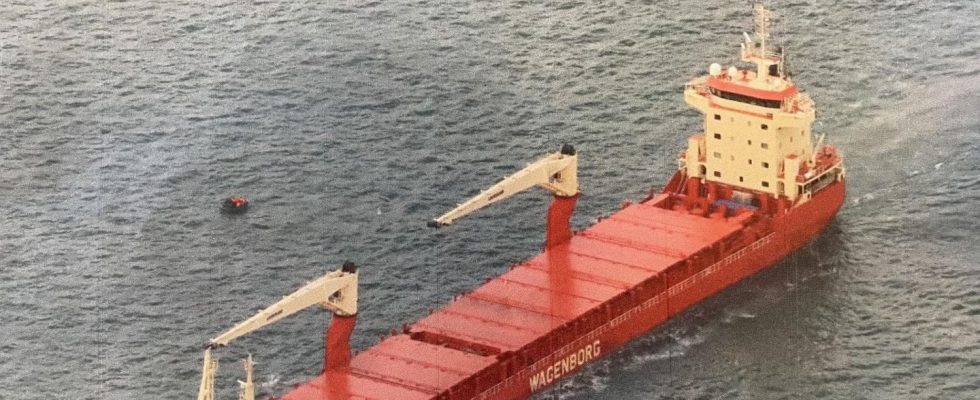Asked by franceinfo, Xavier Delrieu, head of OLTIM, explains that France “is working on this traffic with the same police methods, the same investigation techniques as in drug trafficking”.
Article written by
Posted
Reading time : 2 min.

This is a record figure, which worries the British authorities: in 2022, nearly 46,000 migrants crossed the Channel to reach Great Britain from the French coasts. Illegal immigration has been a point of tension between London and Paris for several years. “Stop the boats“is one of the priorities set out by British Prime Minister Rishi Sunak. On this side of the Channel, the French authorities are scrutinizing departures and tracking the networks of smugglers on land, at sea, but also in the air. Xavier Delrieu, head of OLTIM, the Office for the fight against the smuggling of migrants, however, believes that the networks are increasingly structured and ever more agile.
>> REPORT. Migrants: how do the authorities fight against smuggling networks between France and England?
franceinfo: why do migrants who want to go to Great Britain do so today mainly by sea?
Xavier Delrieu: In fact, we have been witnessing for two or three years a shift in operating methods. Today, more than 90% of migrant crossings from France to Great Britain are made in “small boats”, makeshift boats. Before, most migrants crossed in trucks. But we first had in 2019 the drama of the 39 Vietnamese asphyxiated in a refrigerated truck. Then the arrival of the Covid; with the closure of air, land and sea borders, the only way to cross was by “small boat”.
How are the networks of smugglers organised?
They are very structured and have really become more professional since 2020. They are mainly run by Iraqi-Kurds, but there are also Afghans. Moreover, these networks often work together at the moment. Network heads have set up hardware supply chains. So they have a whole logistics to deliver inflatable boats, engines, life jackets imported from China legally to Turkey. Then, the Kurdish networks smuggle the material that does not meet European standards at all to Germany and sometimes to the Netherlands. The material is then sent to traffickers based in France who organize crossings.
There are many similarities with drug trafficking networks, why?
Because they are organized the same way. There are principals, logisticians. You also have lookouts who, during launches, monitor the beaches. If the internal security forces are not nearby, you have touts who are in the camps and who pick up candidates for departure. “Hawala” bankers (informal payment system through brokers, often traders in the countries of origin of migrants, which prevents money from circulating in Europe, editor’s note). And then it’s not uncommon to see opening vehicles before those transporting migrants or equipment. We work on this traffic with the same police methods, the same investigative techniques as in drug trafficking.
